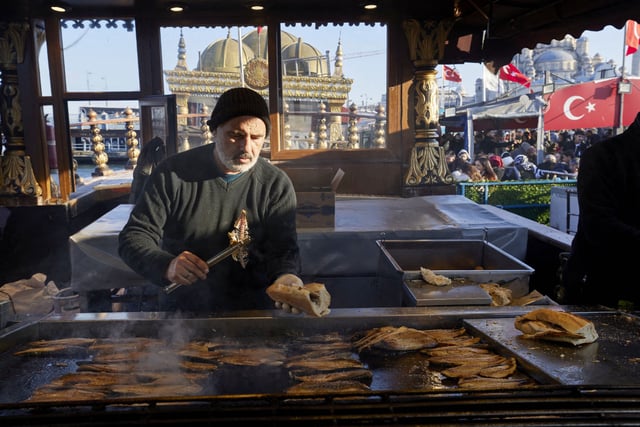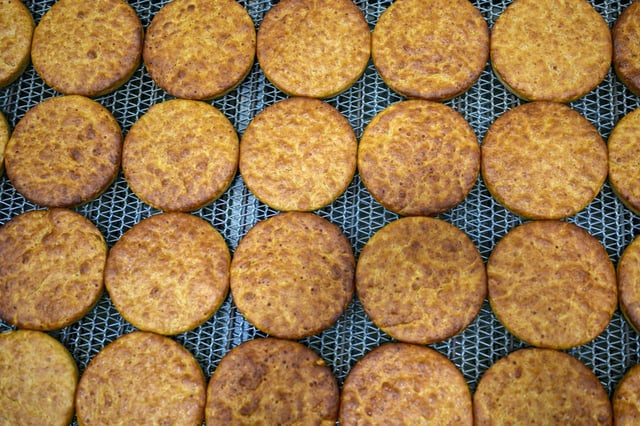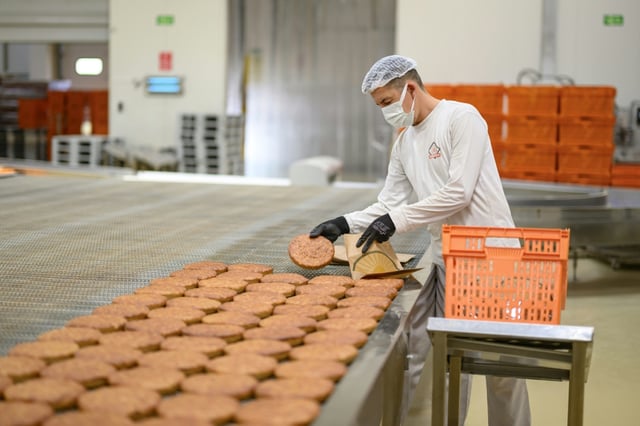Overview
- Archaeologists discovered the 12 cm-wide loaf in September 2024 at Küllüoba, carbonized and buried beneath the threshold of a Bronze Age house.
- Scientific analysis identified coarse emmer wheat flour, lentil seeds and an unidentified plant leaf serving as yeast in the original recipe.
- Eskisehir’s Halk Ekmek bakery has been handcrafting 300 Küllüoba galettes per day since last week, selling each 300 g loaf for 50 Turkish lira.
- The reproduced bread is rich, filling, low in gluten and preservative-free, closely matching its Bronze Age predecessor.
- Local officials aim to use the project to revive cultivation of drought-resistant ancient wheat varieties to tackle regional water shortages.



